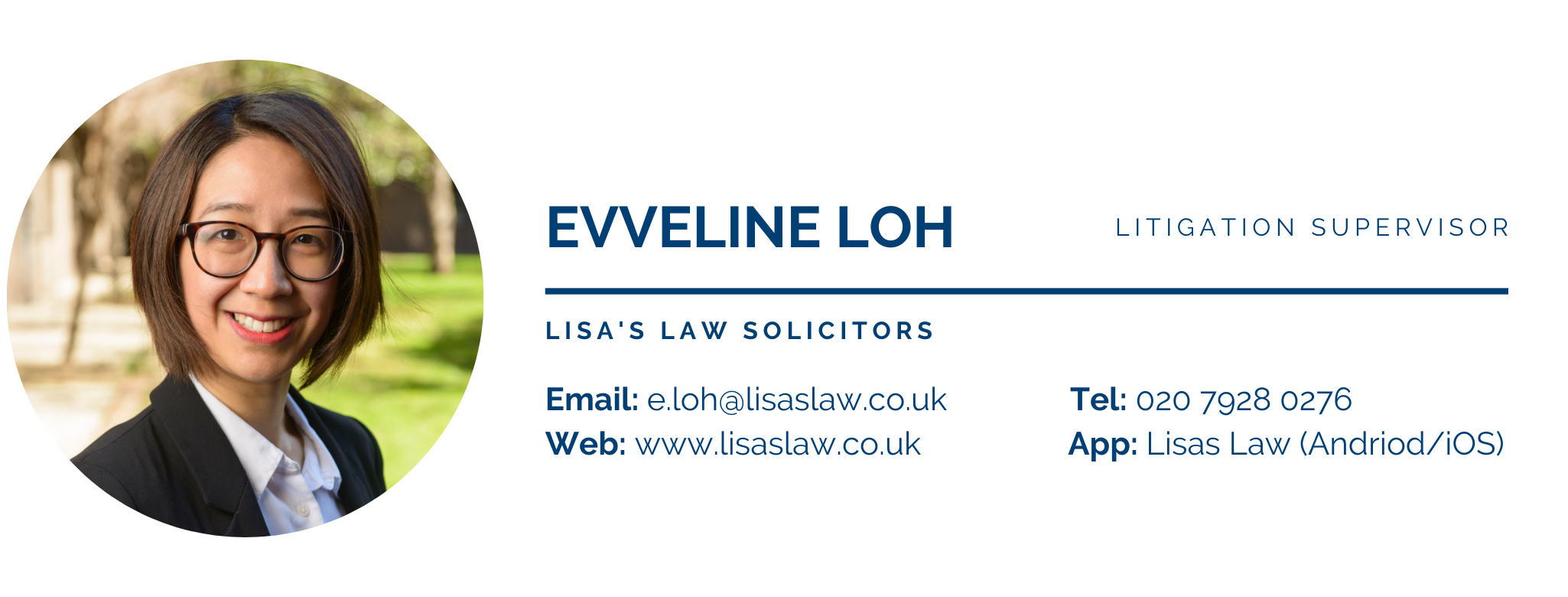
This article will focus on legal considerations for debt recovery. There are two ways to proceed when a debt is owed. If it’s disputed, we would advise that a pre-action letter is issued, and claim issued to the court. For undisputed debt, statutory demand can be considered.
A statutory demand should not be employed as a means of recovering debts under dispute. If a creditor issues a statutory demand for a disputed debt or fails to retract it upon the emergence of a dispute, they may be liable to cover the debtor’s legal costs. These costs could arise when the statutory demand is set aside for an individual or when an injunction is granted to prevent the creditor from presenting a winding-up petition.
The expenses incurred by the creditor in such situations, whether in setting aside the demand or obtaining an injunction, can range from £2,000 and upward, even if, in the end, the debt is deemed valid. It’s crucial for creditors to understand that withdrawing the demand does not imply an acknowledgment that the debtor is exempt from payment. Instead, it signifies an acknowledgment of a genuine dispute or an issue that the court must adjudicate.
Pre-action Letter
The pre-action protocol is not applicable to debts between businesses (except when the debtor is a sole trader). If you, the creditor, are a “business” seeking payment from an individual, it applies.
A Pre-Action Letter (PAL) is a formal communication sent by your legal representative on behalf of a potential claimant to a prospective defendant. It articulates specific demands, such as debt payment, and acts as a warning of impending legal action if these demands aren’t met within a reasonable timeframe.
Typically dispatched after unsuccessful prior payment requests, the PAL provides the other party with an opportunity to respond, either by addressing the demands or presenting a dispute before the situation escalates. Non-compliance with outlined demands may lead to the initiation of legal proceedings.
The sending of a PAL adheres to the requirements of the Civil Procedure Rules and Pre-Action Protocols, governing the conduct of involved parties and outlining necessary steps before initiating a claim. In litigation, the court expects compliance with the relevant Pre-Action Protocol, with potential consequences for non-compliance in case directions and cost awards.
While the specifics of each PAL may vary based on the claim’s nature and applicable protocol, a general template includes the debtor’s details, background summary, debt breakdown with interest, a reasonable response time (typically 14 days or 30 days depending on whether the debt claim pre-action protocol applies), relevant document annexation, and a clear statement that legal proceedings will commence if no response is received within the specified timeframe.
A PAL is a valuable tool for demanding payment or notifying the other party of breaches. It allows for a detailed presentation of anticipated losses, giving them an opportunity to rectify the breach. Alternatively, if the issues are not addressed, it establishes the groundwork for initiating court proceedings.
Statutory Demand
If the debt faces no dispute, an alternative is to dispatch a formal statutory demand to the debtor, whether an individual or a company, stipulating payment within 21 days in a specified format.
Failure by the debtor to adhere to the demand—whether by not paying, failing to negotiate an acceptable arrangement with the creditor, or disputing the demand (in the case of an individual)—can be grounds for supporting a bankruptcy or winding petition, citing the debtor’s inability to settle debts. Statutory demands are assertive tools and should not be misused solely for debt recovery, as such misuse can be criticized by the court.
Consider the following key points concerning statutory demands:
1. There’s no obligation for a creditor who issued a statutory demand to initiate insolvency proceedings.
2. If insolvency proceedings commence, note that secured creditors take precedence over those with unsecured debts.
3. For individual debtors, the demanded debt must be an undisputed liquidated sum of at least £5,000.
4. A statutory demand and winding-up petition are valid only if:
a) The debt exceeds £10,000.
b) Debts related to rent or other sums under a ‘relevant business tenancy’ are unaffected by COVID-related financial issues.
c) The creditor issues a “schedule 10 notice” with prescribed information, giving the debtor 21 days to propose debt repayment.
d) The debtor fails to provide a satisfactory proposal within 21 days from the delivery of the schedule 10 notice.
Using a statutory demand is a quicker method to recover payment compared to a PAL and debt recovery proceedings. However, it is a forceful tool and should not be used if the debt is genuinely disputed; in such cases, the appropriate route is the PAL.
Please note that the debtor could apply to set aside the statutory demand if disputed within 18 days of it being served on.
Please see the below forms for your perusal:
1. Demand immediate payment of a debt from a limited company: Statutory Demand Form (Form SD 1)
2. Demand immediate payment of a debt (‘statutory demand’: Statutory Demand Form (Form SD 2)
3. Debt payable at a future date: Statutory Demand Form (Form SD 3)
4. Debt for liquidated sum payable immediately following a judgment or order of the court (Statutory Demand Form (Form SD 4)
Have questions? Get in touch today!
Call us on 020 7928 0276, phone calls are operating as usual and will be taking calls from 9:30am to 6:00pm.
Email us on info@lisaslaw.co.uk.
Use the Ask Lisa function on our website. Simply enter your details and leave a message, we will get right back to you: https://lisaslaw.co.uk/ask-question/
For more updates, follow us on our social media platforms! You can find them all on our Linktree right here.



